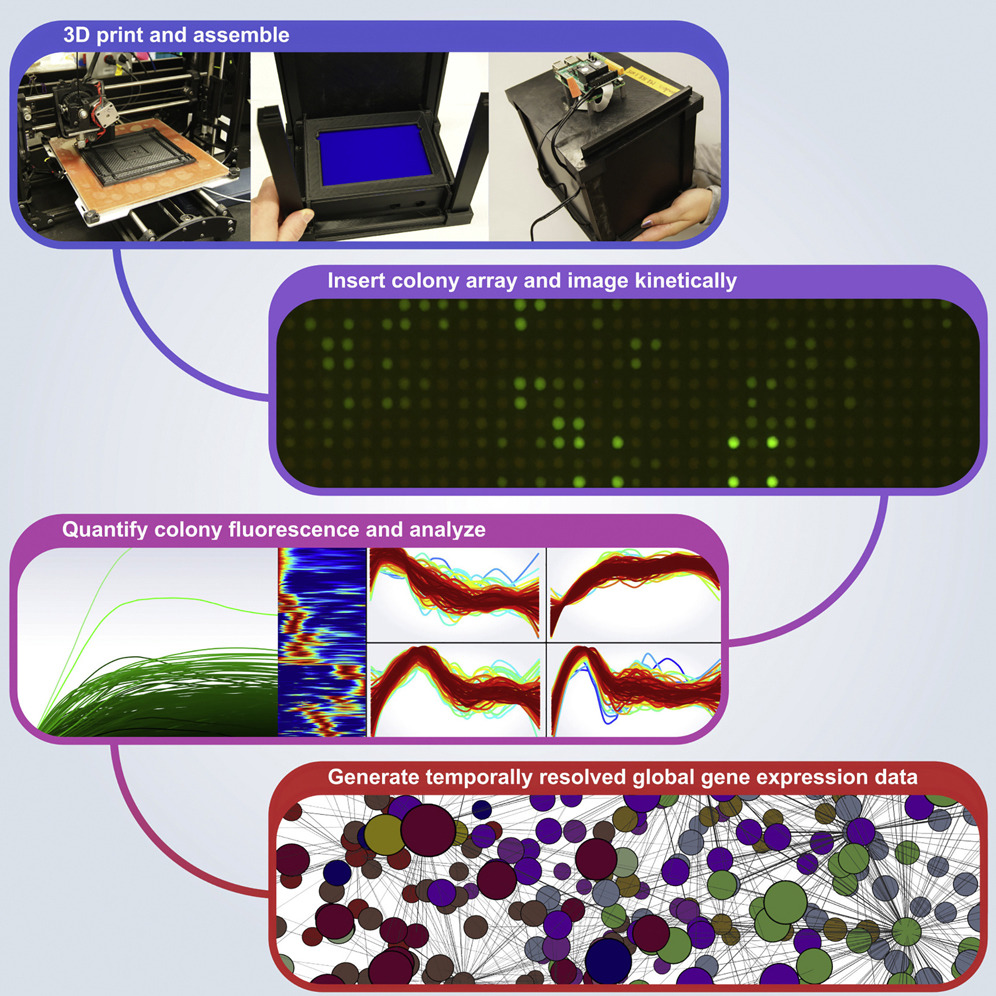Infectious diseases have a new adversary – a 3D printed black box developed by researchers at McMaster University, Ontario. Costing no more than $200 and just minutes to put together, the so-termed “Printed Fluorescence Imaging Box” (PFIbox) is expediting the time it takes to discover new antibiotics.
The battle against superbugs
The PFIBox is part of critical research at McMaster studying ways to overcome superbugs – a strain of bacteria that has become immune to antibiotics. One common example of a superbug is MRSA. According to the MRSA Research Center at The University of Chicago around 90,000 Americans suffer from invasive forms of the disease each year, resulting in an estimated 20,000 deaths.
Dr. Eric Brown, part of the Michael G. DeGroote Institute for Infectious Disease Research and principal of the Brown Lab at McMaster, is one of the PFIBox’s three creators. According to Dr. Brown, “3D printing is allowing us to create tools and instrumentation that simply don’t exist yet.”
In addition, the PFIBox in particular, is “simply game-changing for our work to discover new antibiotics.”
Designs for the box are to be made opensource, available for anyone to download and use in their own research. McMaster Research Associate Shawn French adds:
“We want people to have full access to what we think is a very important new development in the battle against superbugs.”
$2 per trial
The PFIbox is assembled from six 3D printed walls that act as a dark room for bacteria. LED lights are added to the top of the box and focused on the sample, exciting the bacteria’s fluorescent proteins. A Raspberry Pi processor records the data from this reaction, and wirelessly transmits the information to the lab computer where it can be analysed for the response to a new drug.
As a concept of proof, the McMaster University team have tested the PFIBox with a diverse panel of 15 antibiotics and E.coli bacteria that, like MRSA, is another common cause of hospital infections.
Conclusions show “In all, PFIboxes provide an open solution to gene expression,” (the key process observed for bacteria’s response to drugs), with each one costing “2 US dollars per treatment condition.”
French concludes, “We fully expect – in fact, we hope – people take the code for this tool and improve upon it.”

“Open-Source High-Throughput Phenomics of Bacterial Promoter-Reporter Strains” is published in Cell Systems journal. It is co-authored by Shawn French, Brittney E. Coutts and Eric D. Brown.
For more of the latest cutting edge research subscribe to the 3D Printing Industry newsletter, find us on Facebook and like us on Twitter. Looking for jobs in academia? Search open opportunities and apply with 3D Printing Jobs. You can also make a profile to advertise your latest vacancies.
Featured image shows glowing bacteria in the 3D printed PFIbox. Image via McMaster University



